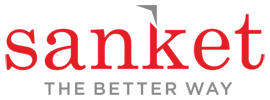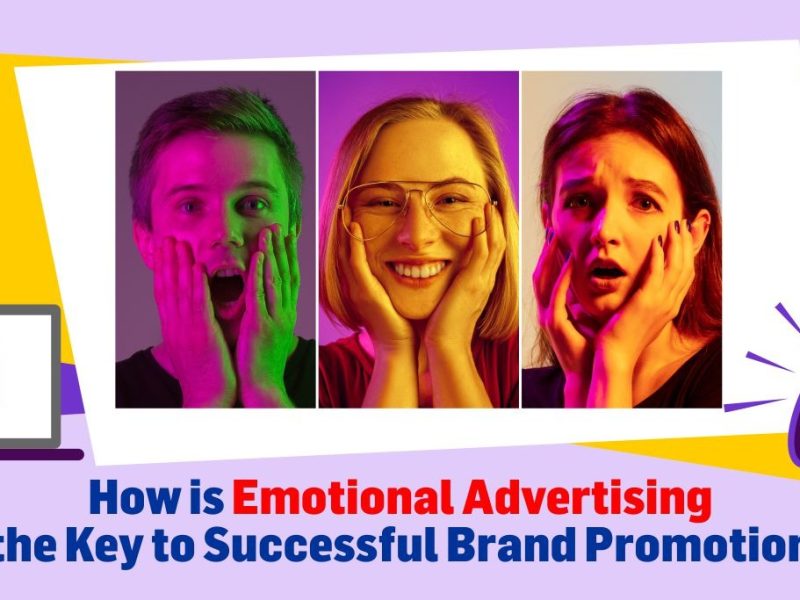
4 Storytelling Frameworks Every Copywriter Must Master
In advertising, the copy isn’t just a line of text; it’s the soul of your idea that you wish to promote in the ad world. A captivating caption has the potential to turn a simple message into a memorable moment and can spark emotions like joy, nostalgia, or inspiration that stay in the minds of the audience, even as the ad ages over the years.
Great Copywriters don’t just write; they narrate stories that connect, persuade, and move people. They tap into human emotions and craft narratives that make brands feel personal and relate smoothly with the audience.
Today, let’s explore the most powerful storytelling formats in Copywriting that can help digital branding agencies in crafting the most memorable ads, build lasting impressions through them, and truly bring brand stories to life. These methods are useful in giving a necessary boost to digital & social marketing in India.
The 4Ps Formula
Good Copywriting begins with your audience. It reflects their desires, motivations, challenges, and what truly makes them tick. Do you know about the basic elements that make them worth it? They are the 4Ps that help shape a story that not only informs but also persuades your audience to take action.
Picture
Build a vivid mental image for your readers. Give them a scenario where your product naturally fits into their life. The clearer the picture you paint, the easier it becomes for the audience to imagine themselves using your product.
Promise
Tell your audience what they will get, and why it matters to them. Your promise must align with what they value most, and your product should deliver convenience, luxury, innovation, or peace of mind. A strong promise builds anticipation and sets expectations.
Proof
Words build interest, while proof imparts trust. Back your claims with real evidence, which consists of testimonials, reviews, case studies, success metrics, or third-party even recognitions. This gives assurance to your audience that you aren’t really bluffing!
Push
Once you’ve built desire, create an urgency, more like a Call-To-Action (CTA), and compel them to buy the product. Use terms like limited stock, seasonal offers, additional bonuses, or exclusive access. People need a gentle push to move from intent to decision.
One of the most effective frameworks, it remains the go-to formula for top advertising agencies and marketing agencies.
The Problem-Agitate-Solution Formula
Emotions fuel decisions, and that’s why Problem-Agitate-Solution (PAS) remains one of the most powerful storytelling styles in advertising. It captures the attention of the audience by using pain and relief as weapons, and how your product comes to rescue.
Problem
Start by identifying the core issue your audience faces. When you describe their struggle better than they can, they feel relieved that you sympathise with them.
Agitate
Don’t just mention the problem. Make them look bigger. Talk about the consequences or missed opportunities that come from ignoring it. This deepens emotional connection and makes the problem feel urgent.
Solution
Now present your product as the best solution to the problem. Show how it removes the pain, solves the challenge, or simplifies life. Here, clarity and confidence matter. Highlight the specific change your product creates.
PAS works because humans are naturally wired to move away from pain and toward comfort.
Before-After-Bridge Formula
Sometimes the products that people buy bring the transformations they need. The Before-After-Bridge method helps you showcase what changes when your product enters their life.
Before
Reflect on the audience’s current situation, speaking about the challenges, inefficiencies, or frustrations they face in their current situation .
After
Show them the future they wish for, a smooth, happier, more successful version of life after using your product. This is where aspiration kicks in.
Bridge
Finally, explain how your product is the link between the two. This step builds credibility and makes the transformation believable and achievable.
This model works because humans are motivated by progress, not just solutions, and can also be vital for the corporate film production services in India.
Features-Advantages-Benefits (FAB) Formula
FAB is a logical-to-emotional journey. It helps you highlight what your product offers, why it matters, and how it could bring a monumental improvement in your customers’ lives.
Features
Through the features, we highlight technical aspects, specs, or qualities of your product. What does it have? What does it do?
Advantages
Emphasize how features are useful or better than alternatives. This is where you highlight efficiency, innovation, ease, speed, whatever makes your product stand out.
Benefits
Translate those advantages into emotional takeaways. How does the product make your customer feel? What life improvement do they experience? Benefits are where persuasion peaks.
Whenever you think of building up a campaign, do adopt this approach for the best results.
A great copy isn’t written, it’s actually felt through the emotions. If the top advertising agencies want the brands to grow, they must incorporate frameworks to spark emotion, inspire action, and shape lasting brand memories. Remember, when your words connect, your brand lives forever.


